How do grinding balls affect the grinding process in mining?
How does the hardness of grinding balls impact their performance in ball mills?
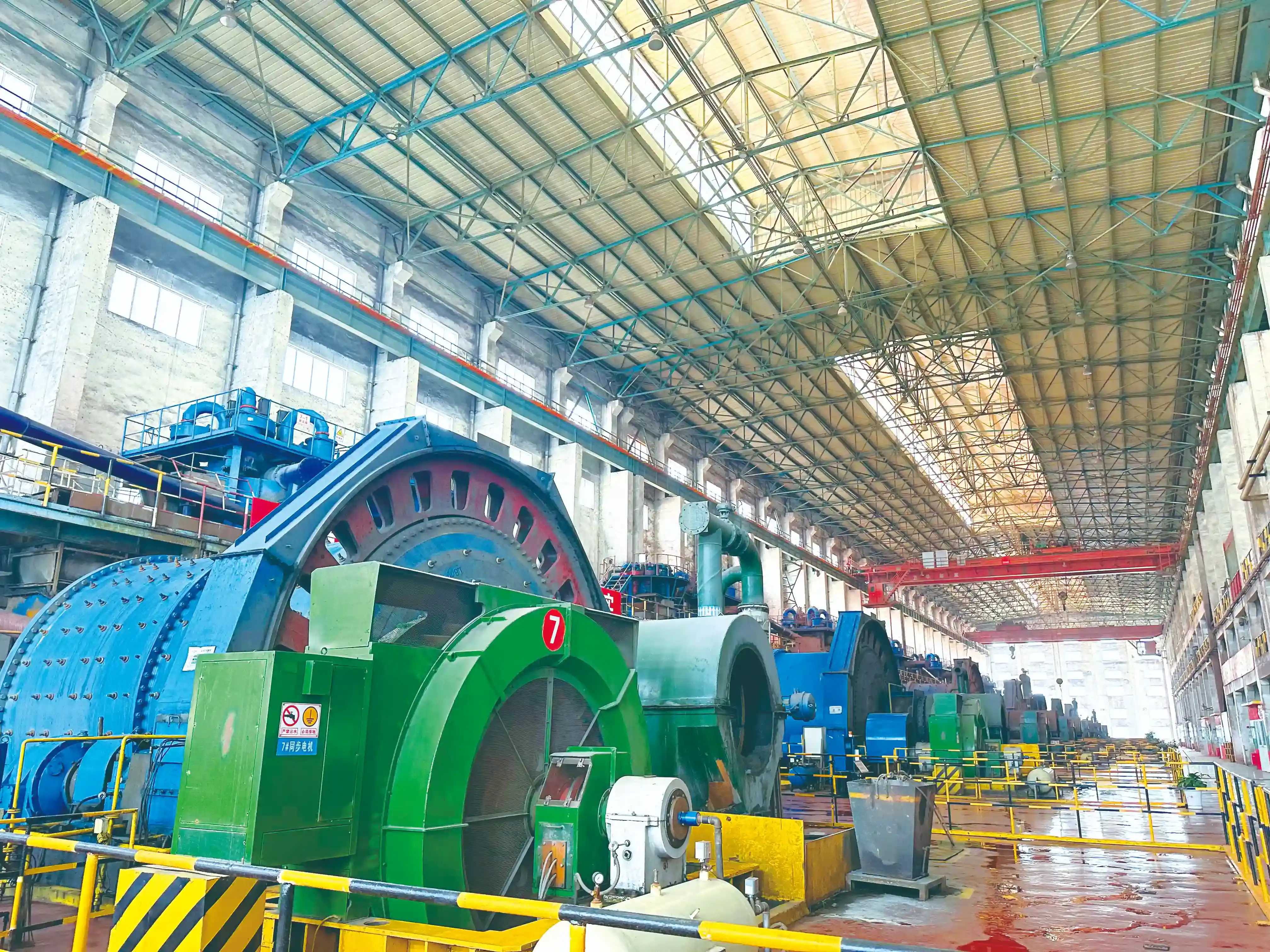
The hardness of Grinding Balls for Ball Mill is crucial for their performance in ball mills, impacting efficiency and effectiveness in grinding operations. In industries like mining, cement manufacturing, and metallurgy, the hardness affects wear resistance, grinding efficiency, and lifespan. Harder balls offer better wear resistance, maintaining their shape and size longer for consistent performance. However, the optimal hardness depends on the material being processed. Softer materials require less hard balls to avoid over-grinding, while harder materials need higher hardness for effective size reduction. Balancing hardness is key to optimizing performance and reducing costs.
What is the grinding media in cement plant?
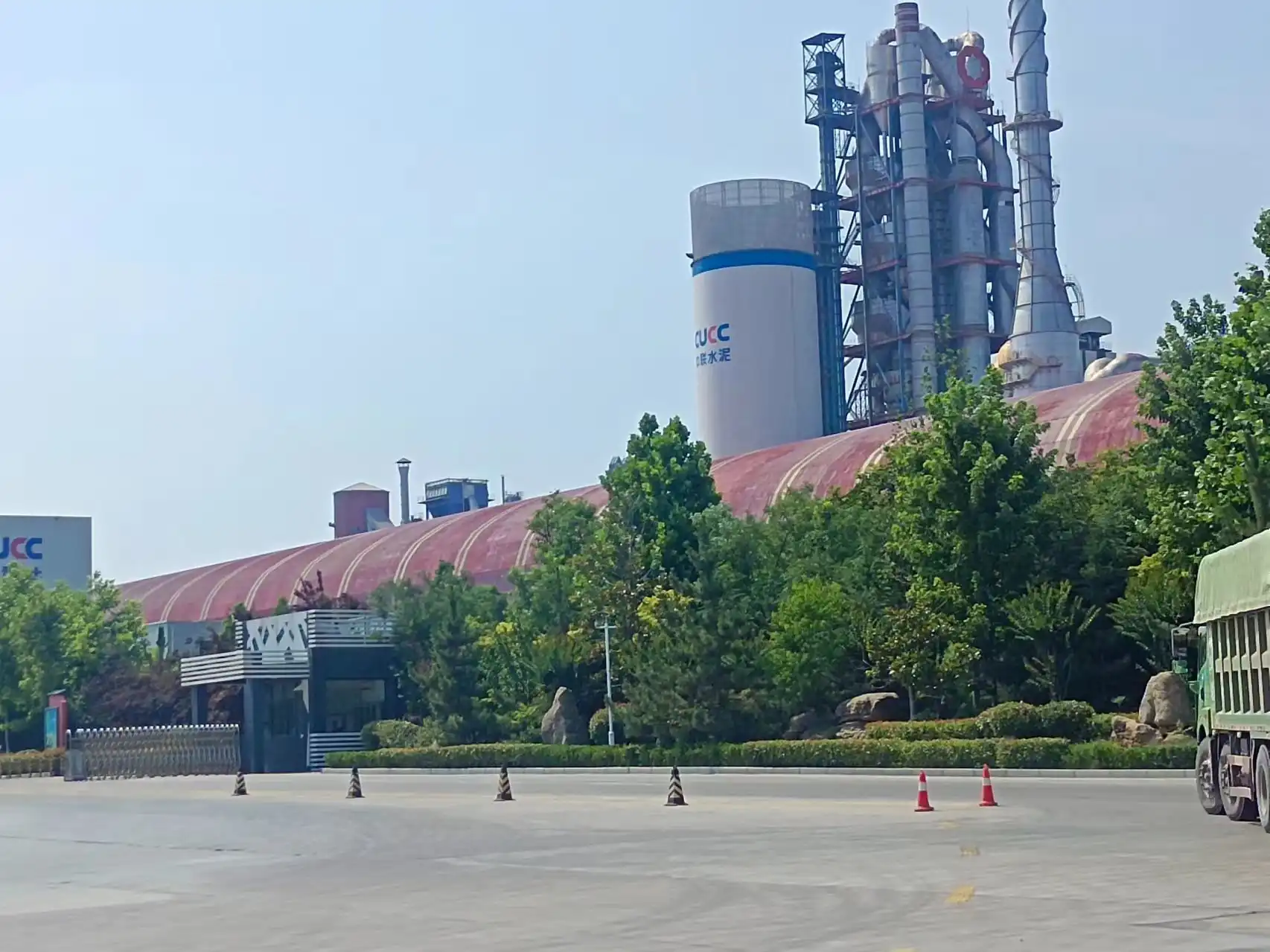
Grinding media in cement plants play a crucial role in the production process, with ball mill grinding media being the most common type. These are typically spherical or cylindrical objects used inside ball mills to crush and grind raw materials into fine particles. Ball mill grinding media are essential components that significantly impact the efficiency and quality of cement production. They come in various sizes and materials, each designed to optimize the grinding process for different stages of cement manufacturing. The choice of grinding media depends on factors such as the hardness of the material being ground, the desired fineness of the final product, and the specific requirements of the cement plant's operations.
Maximizing Efficiency with Steel Grinding Media
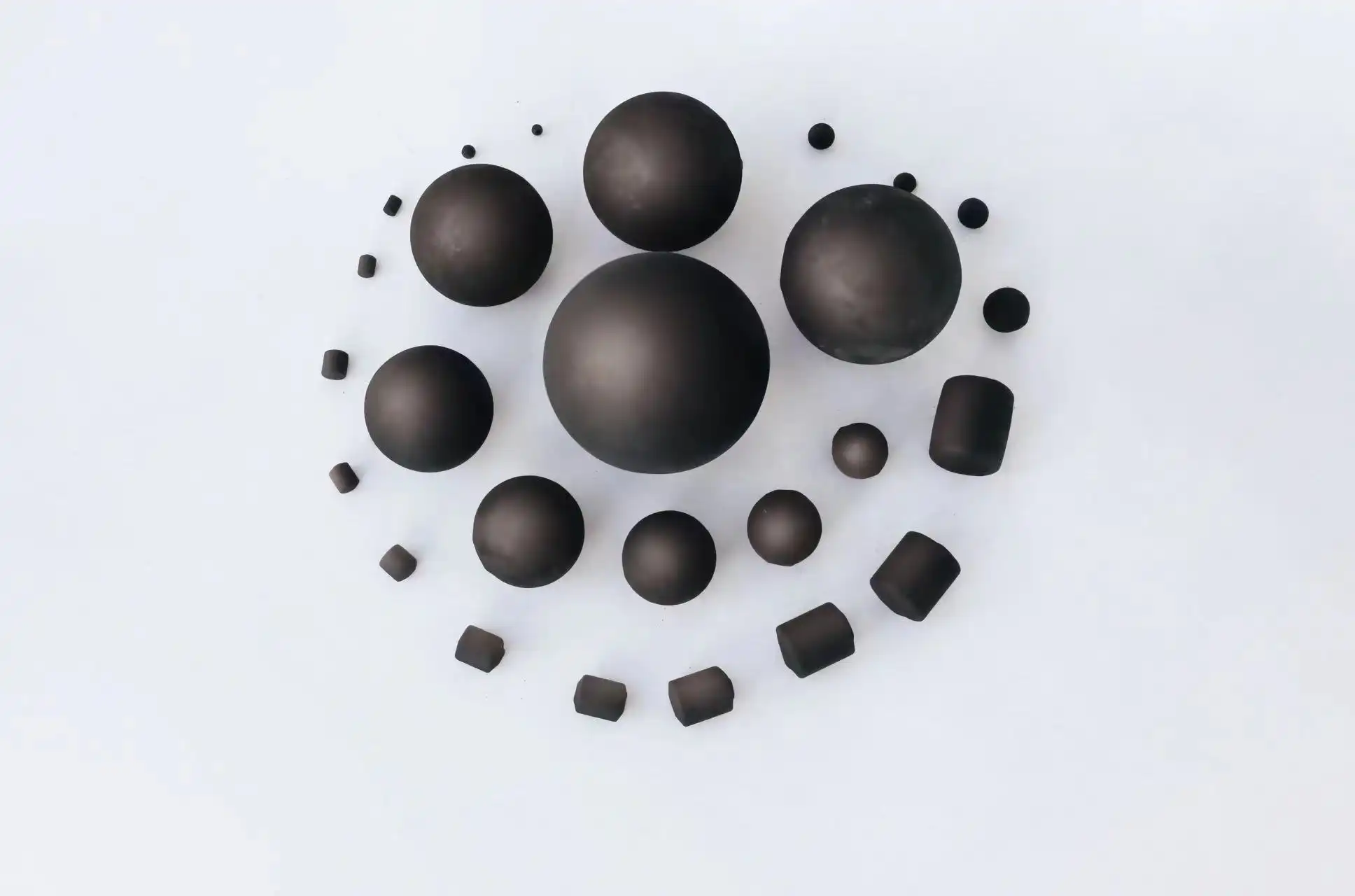
In the world of industrial grinding, efficiency is paramount. Steel grinding media have emerged as a cornerstone of productivity, offering unparalleled performance in various applications. This article delves into the innovative uses, cost impacts, and maintenance tips for steel grinding media, providing valuable insights for industries seeking to optimize their grinding processes.
Top Benefits of High-Quality Grinding Media
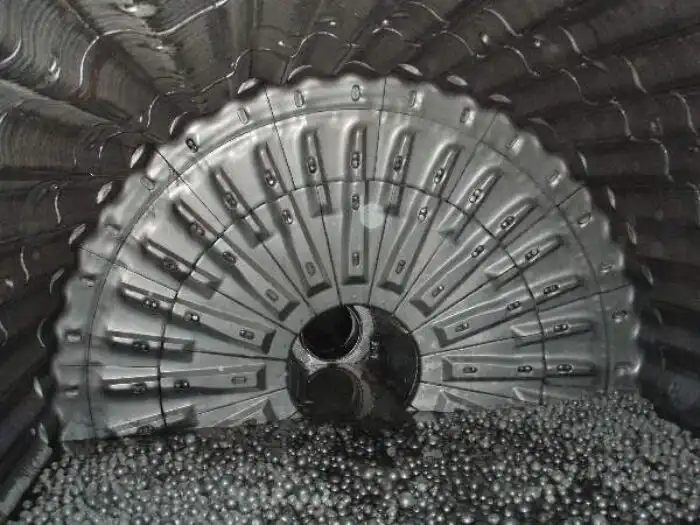
In the world of industrial grinding processes, the quality of your grinding media can make all the difference. Grinding media, specifically high-quality options, offer numerous benefits that can significantly impact your operations. This article explores the advantages of investing in superior grinding media and how it can enhance your grinding processes.
How does grinding ball hardness impact mill efficiency?

Grinding balls play a crucial role in mineral processing, and their hardness is a key factor that significantly influences mill efficiency. Understanding the relationship between grinding ball hardness and mill performance is essential for optimizing mineral liberation and maximizing productivity in grinding balls mining operations. This article delves into the intricacies of grinding ball hardness and its impact on mill efficiency, providing valuable insights for industry professionals.
The Role of Cylpebs in Cement Mill Grinding Optimization

In the cement manufacturing industry, grinding efficiency directly influences both production output and energy consumption. Given the energy-intensive nature of cement milling, optimizing this process is crucial for improving cost-effectiveness and overall productivity. Cylpebs grinding media has emerged as an innovative solution to enhance cement mill performance. Due to their unique shape and improved surface area, cylpebs offer superior grinding efficiency compared to traditional steel balls. This leads to faster particle size reduction, reducing grinding time and improving throughput. The enhanced efficiency also translates to significant energy savings, as less power is needed to achieve the same results. Ultimately, incorporating cylpebs in cement milling operations can help optimize performance, reduce costs, and improve environmental sustainability.
How do different heat treatments benefit grinding balls?
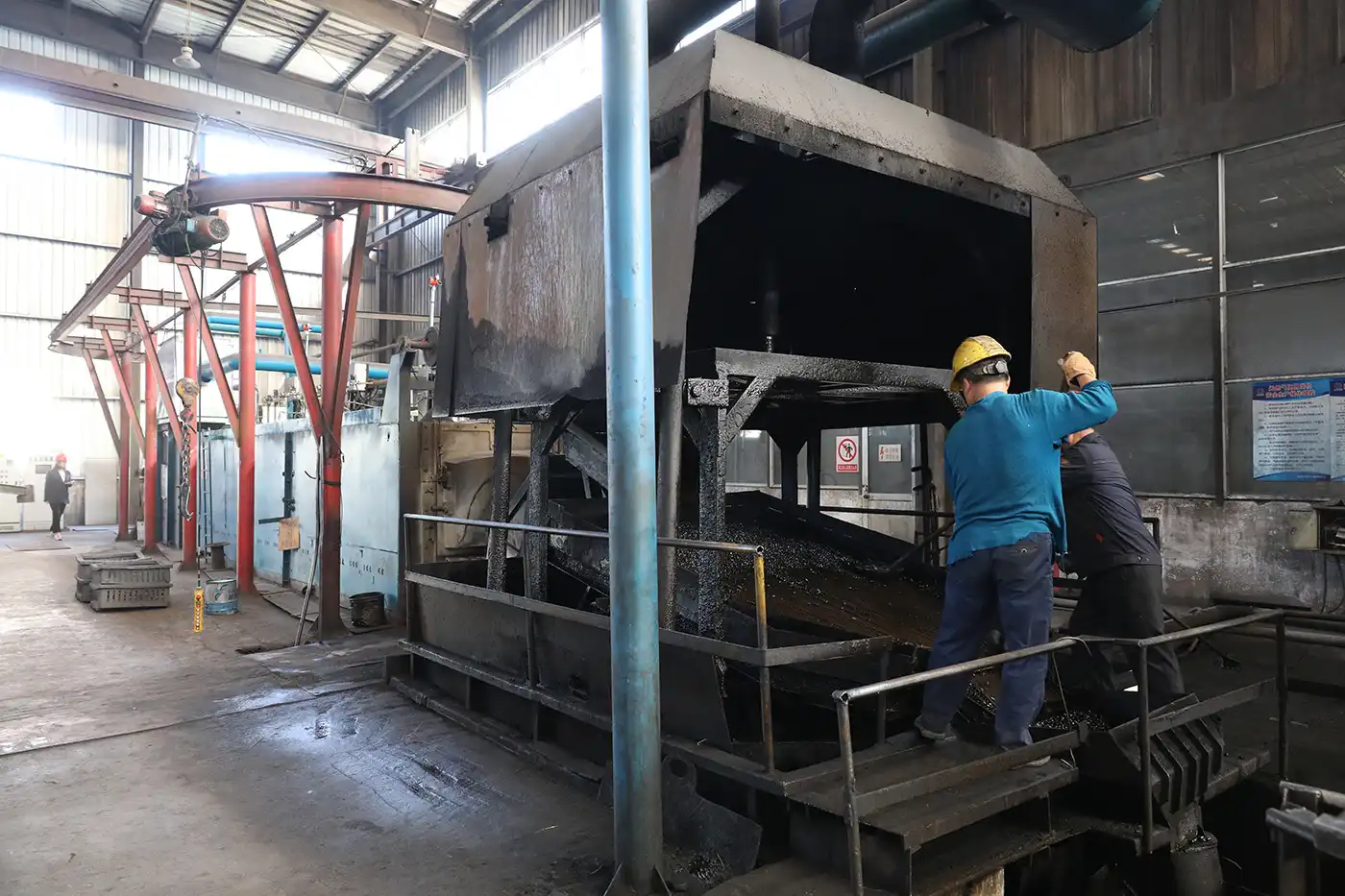
Grinding balls for mining applications benefit greatly from heat treatment, which improves their performance and lifespan. A variety of heat treatment procedures may modify the metal's microstructure, which in turn increases the grinding media's hardness, toughness, and wear resistance. Learn how various heat treatments improve the performance of grinding balls and how they may be used to mineral processing in this in-depth essay.
Can specific media types reduce grinding media vibration during operation?

Grinding media vibration is a common challenge in ball mill operations, affecting efficiency and potentially causing damage to equipment. This article explores how specific media types, including ball mill grinding media, can help reduce vibration, improving overall performance and longevity of ball mills. By selecting the right type of ball mill grinding media, operators can optimize their milling processes and minimize unnecessary wear and tear on the equipment.
How does mill speed affect media-to-media collision frequency?
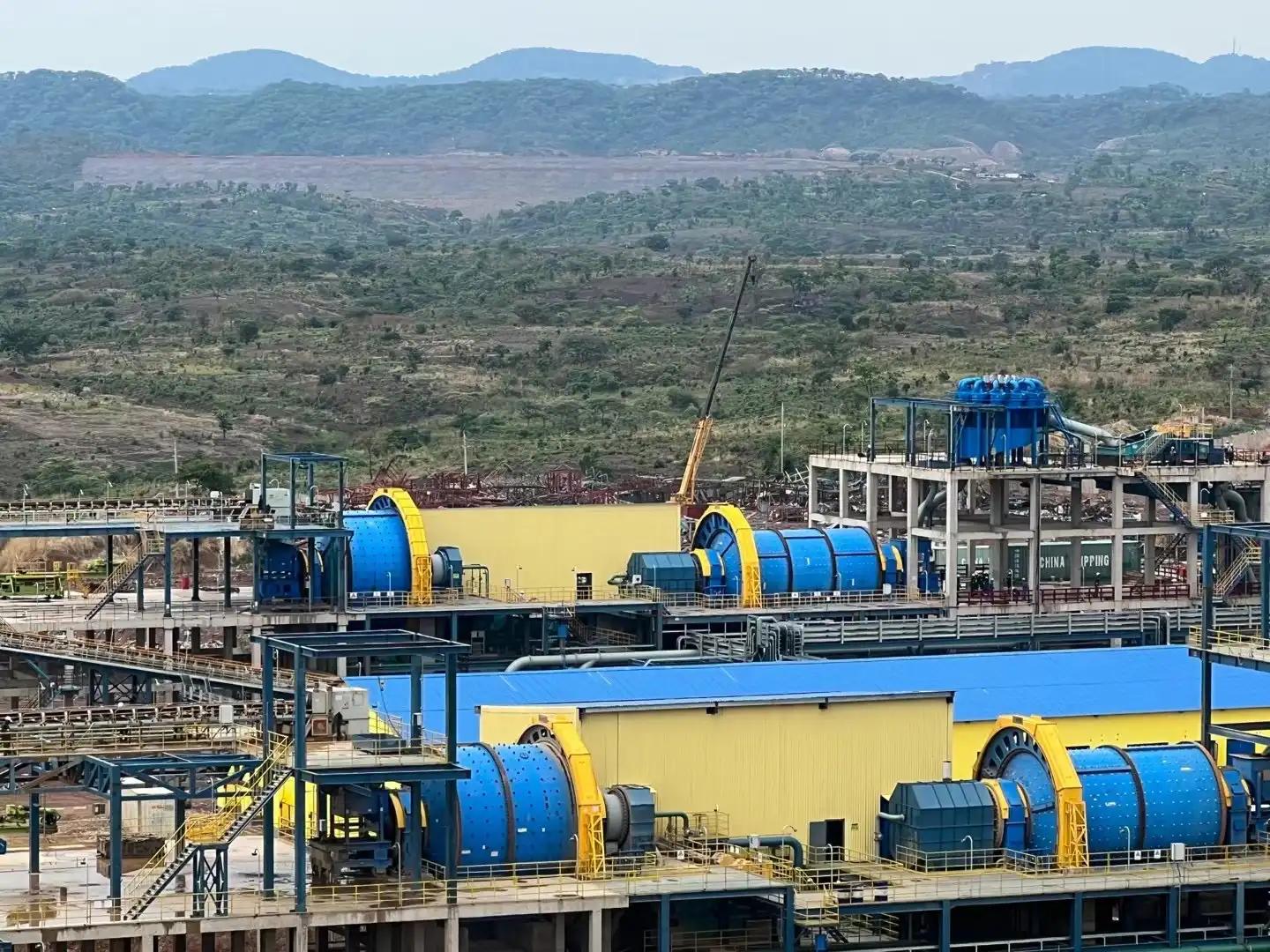
Understanding the complex connection between mill speed and the frequency of collisions between ball mill grinding media is essential for optimising grinding efficiency in the grinding and milling sector. Having this connection is crucial to getting the best grinding results, and NINGHU, being a top grinding media manufacturer, knows this. Let's investigate the crucial significance of mill speed in grinding and the intriguing dynamics of media collisions.
How do high chrome grinding balls withstand impact?
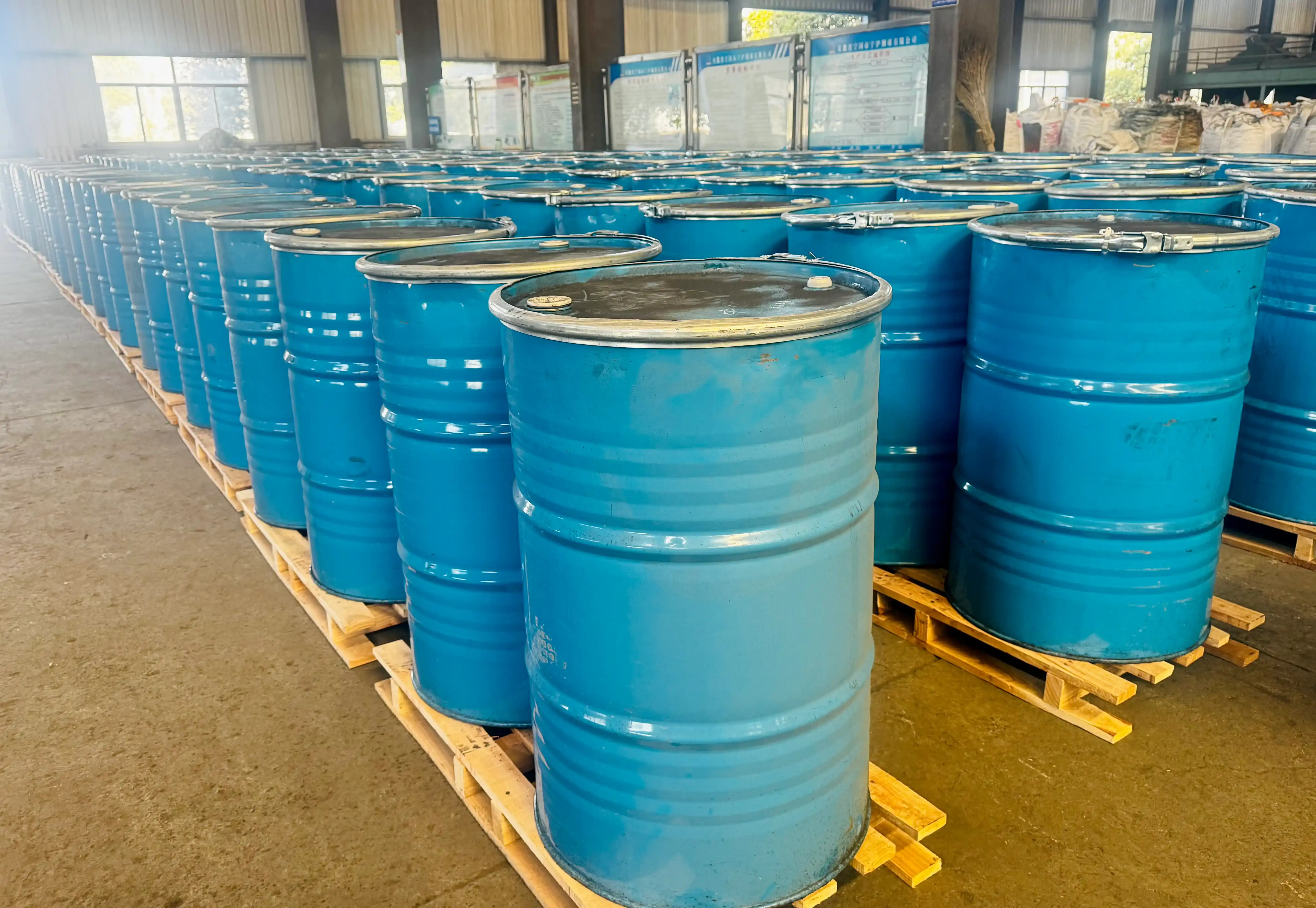
High chrome grinding balls are important parts of many businesses, such as those that make cement, mine, and make electricity. These tough disks are very important for grinding and crushing things, and they can often handle big impacts. Figuring out how these balls can handle such rough conditions is important for getting the most out of them and making sure they last as long as possible. In this complete guide, we'll look at the science behind how long high chrome grinding balls last and give you tips on how to use them correctly.
2025 Best Cement Grinding Balls Benefits for Cement Plant Use
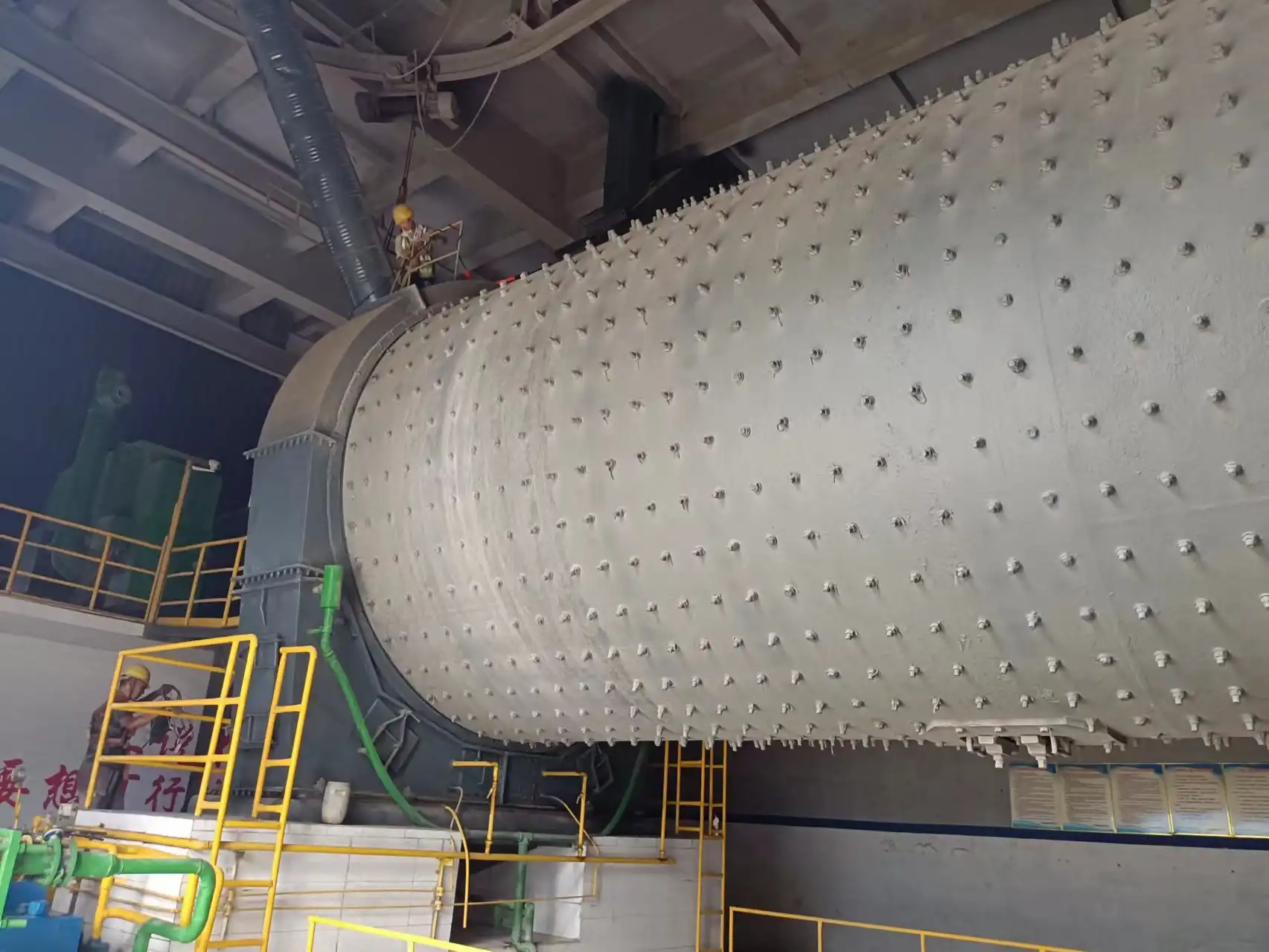
The cement business is still changing as we get closer to 2025. Grinding balls are a key part of making plants more efficient and improving the quality of the products they make. This detailed guide talks about the newest developments, user experiences, and selection criteria for cement grinding balls. It does this to help plant managers make smart choices for their businesses.









